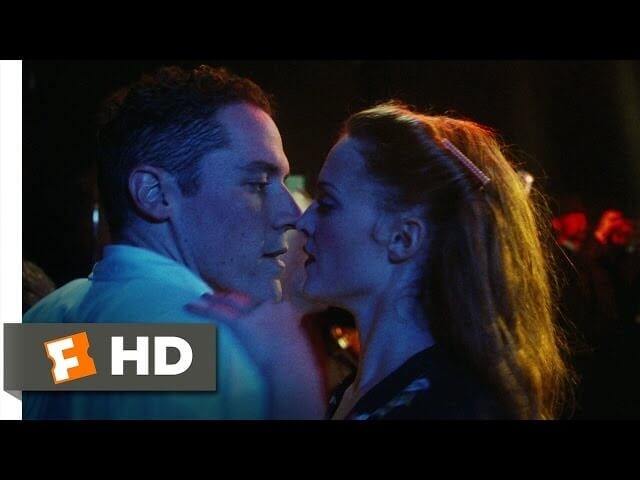Read This: Remembering the ’90s swing revival

It’s a meta-form of nostalgia: looking back at something that was itself looking back at something. Like pining for Happy Days, which was pining for an idealized version of the ’50s. This week is “Weird ’90s Week” at Stereogum, featuring looks back at “the strangest musical moments and trends of the decade.” Writer Tom Breihan bravely owns up to his own immersion in the swing-dance craze of the ’90s, itself an homage to zoot-suit bands and big-band music of the ’40s.
In an emotional and unsurprisingly nostalgic essay, Breihan points to the gap left in ’90s music in the post-grunge era, following Kurt Cobain’s 1994 suicide. An influx of ska bands, he theorizes, helped bridge the gap between that genre and swing, with outfits like The Mighty Mighty Bosstones and Cherry Poppin’ Daddies paving the way. This movement was also helped along by cinematic kick starts, like 1993’s Swing Kids, featuring Robert Sean Leonard and Noah Wyle as young swing-dancing Nazis, and Jim Carrey’s iconic 1994 movie moment in The Mask when he sweeps Cameron Diaz off her feet in an energetic dance number. Breihan was particularly impressed by the lindy-hop scene in Spike Lee’s Malcolm X: “This has to be the most clueless white-kid thing in the whole fucking world—going to see Malcolm X and falling in love with the fucking swing-dancing scenes—but there it is.” By the time Swingers used Big Bad Voodoo Daddy to score its finale, the swing-dance movement had been well-established.
Augmenting these movie moments were bands like Squirrel Nut Zippers and Royal Crown Revue. Breihan points to the political irony, as ’90s swing bands basically consisted of white people co-opting black and Hispanic music: “They were white guys bringing back a sound that had been black and Latino, and the politics of wearing a zoot suit in the ’90s were not exactly what they’d been in the ’40s.” The “zoot suits” popularized by 1940s music were political pieces of clothing, thumbing a fashion nose at wartime conservation movements by using as much fabric as possible. The “zoot suit riots” resulted when servicemen on leave went after men wearing these extravagant outfits.
Several decades later, as with most fringe movements, by the time the mainstream gets involved, you can call it dead in the water. In 1998, the “Khakis swing” Gap ad arrived, using Matrix technology a year before The Matrix to highlight Louis Prima’s “Jump Jive, An’ Wail,” soon to be covered by former Stray Cat Brian Setzer and his orchestra.
Says Breihan, “At that point, it was pretty obvious that this whole thing was pretty much over.”